*PC games available on Steam or GOG
A pensive, literary Lovecraftian journey
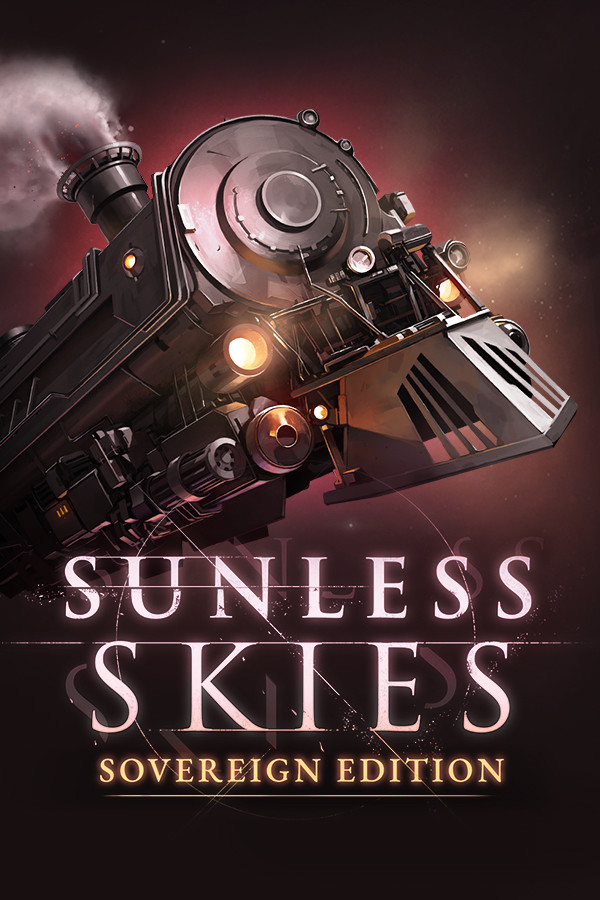
Sunless Skies is Failbetter Games’ sequel to the hit 2015 narrative / exploration game Sunless Sea, itself set in the universe of their browser game Fallen London. Like its predecessor, Sunless Skies‘ primary gameplay involves travelling between ports to advance various stories, as well as to gain XP and wealth with which to upgrade your means of transport and acquire better equipment. The story, worldbuilding and lore are this game’s strongest point, with enough text and dialogue to fill several books several times over. Exploration is also an important aspect; initially you start off in the centre of the starting region and must discover various ports and locations. Unfortunately one of the biggest letdowns in this game (and arguably with Sunless Sea) is its pacing. Travel is tediously slow, and you will spend the majority of your time simply chugging along from port to port. The stories alone are well worth it – one of the best narratives for any game in 2019 – but it is a slow burn to get there and experience it fully.
A charming and relaxing puzzler
ISLANDERS is a minimalist city puzzler by Grizzly Games, a strong indie studio also known for their stunningly peaceful Superflight. ISLANDERS is not your typical city builder. Your primary aim is to score as many points as possible through the optimal placement of your buildings. You gain buildings by choosing various packs, e.g. a farming pack or city pack. A farming pack may add several farms and a windmill, for instance. You then place these buildings to score points to unlock another pack, and so on. Each island is procedurally generated, and has a minimum score that you must reach in order to progress to the next island. Points are generally scored through proximity to certain buildings and/or terrain features, e.g. windmills score more points for each farm in their radius, lumberyards score more points for each tree in their radius. While the mechanics are quite simple, the resultant experience is highly intuitive and satisfying. A perfect game for stress relief after hours of coding, or indeed while coding.
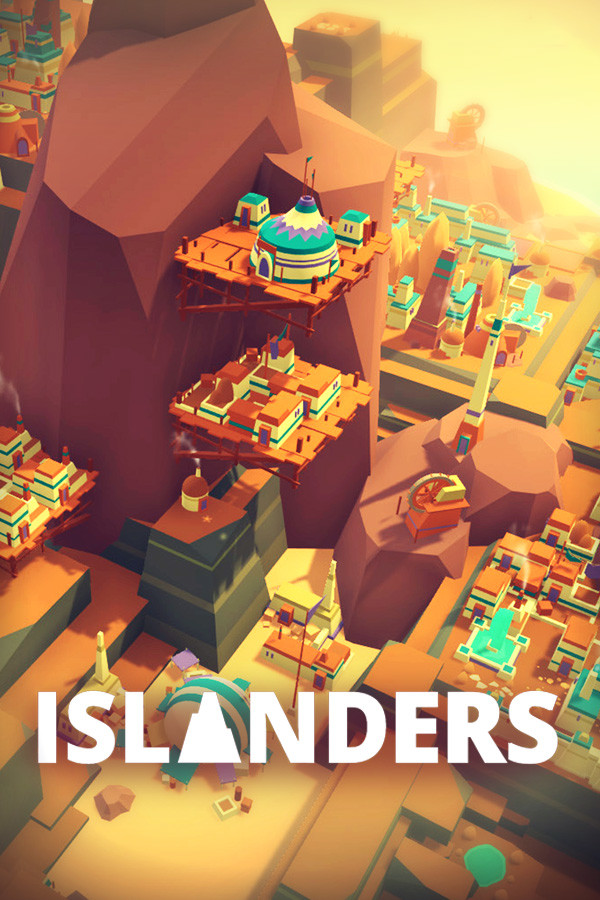
A wildly addictive colony sim

Klei Entertainment has brought us such wonders as Mark of the Ninja, Don’t Starve and Invisible Inc. Perhaps their greatest triumph to date, Oxygen Not Included is a seriously good colony simulator (in my opinion, second only to Rimworld). You start off in the middle of procedurally generated asteroid surrounded by various resource deposits and hollow areas, some with breathable air, others simply a vacuum. There’s an awful lot of digging in this game, to create room for your base, acquire resources and, ultimately, survive. There’s a careful balancing act of managing oxygen, food, hygiene and heat, the lattermost of which can creep up on you as this game is one of few that manages to accurate account for the Second Law of Thermodynamics. This is also one of few games where demolishing constructions fully refunds the resources used to build it. This is a godsend given the amount of stuff to build around your base; wires for electricity, pipes for plumbing, ducts for ventilation, even signal wires for automation and conveyors for moving resources. There’s so much to do in this game, overwhelmingly so at first, but when you get a taste for how it all comes together, expanding your colony is nothing short of beautiful.
A prismatic action roguelike
Nova Drift is an arcade-style space shooter / action roguelike with near infinite replayability. Imagine Asteroids but with hundreds of upgrades for your ship, tonnes of enemy ships and intense boss battles. The gameplay is very intuitive. You start off with a basic ship and, as you accumulate XP, gain upgrades. These include choosing a primary weapon, shield and ship body, while others offer many benefits, such as firing larger projectiles, boosting shields, improving manoeuvrability and even the ability to lay mines. There are so many upgrades to choose from that no two runs will ever truly be the same. Part of the fun is just experimenting with upgrades to see which ones synergise. This is an excellent game and a prime example of outstanding mechanics and balance. Each run feels fresh and just as challenging as the last. With the promise of further updates to come, this Early Access is certainly one to add to your collection sooner rather than later.
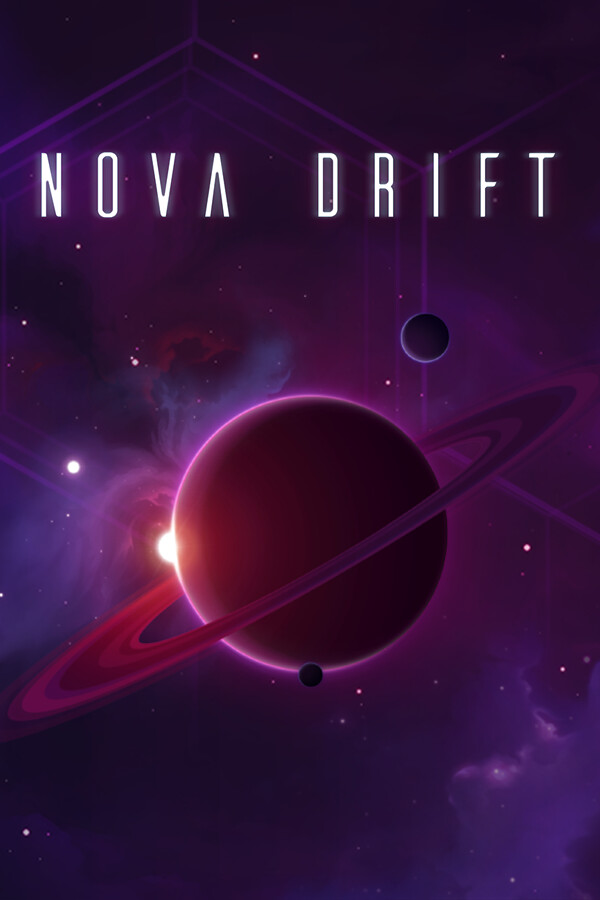
A puzzle is anything, a game is everything
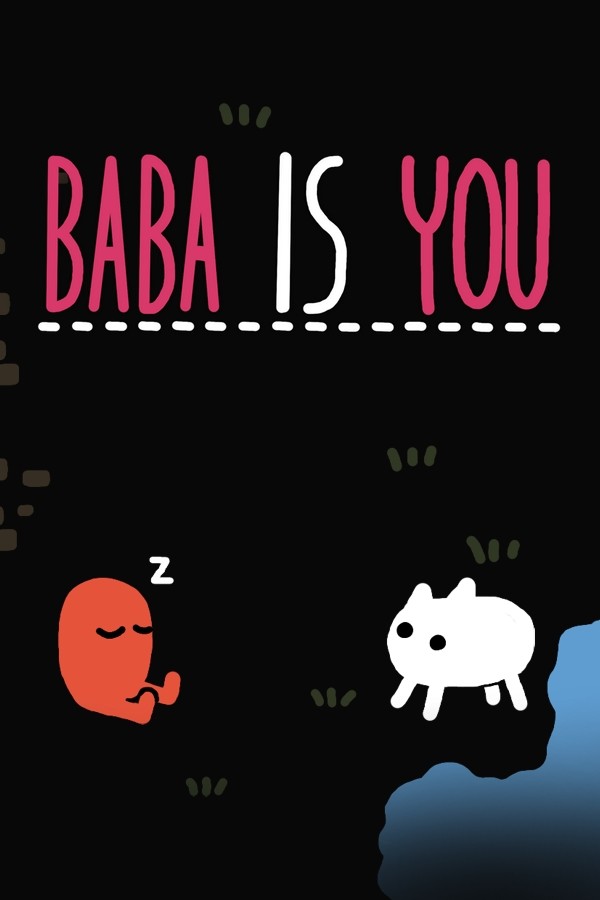
Every once in a while you come across a game that just completely blows your mind, to the point where you are left with few words to describe it. ‘Tis one of those experiences that you wish you could go back in time to experience again. Baba Is You is vexing puzzle game, easily the best puzzle game of 2019, where each puzzle contains various rules that, when interacted with, alters the behaviour of things in the level. This is a game often recommended for programmers, but unlike in a Zachtronics game, Baba Is You essentially forces you to adopt a new way of thinking – thinking outside the box. The solutions will almost certainly look obvious in hindsight. In a way that is rewarding in itself, and the satisfaction that comes with actually solving a puzzle is much more intense than in any other puzzle game I’ve played. A one-of-a-kind experience is here.
A spiritual successor to a classic
The metroidvania genre is one of the oldest video game genres, named as such as they draw on mechanics from the Metroid and Castlevania series. Bloodstained: Ritual of the Night is a metroidvania developed by Koji Igarashi, the assistant director of Castlevania: Symphony of the Night. This game is indeed everything you’d expect from the genre plus more, with excellent art (in a more modern 2.5D style), huge variety of weapons, equipment, spells, extensive RPG-like systems (such as crafting), a great soundtrack, and large maps ripe for exploration. The gameplay feels smooth and responsive, which is very important for this genre. Overall, this is a great, feature-rich metroidvania with RPG elements with a solid gameplay formula that veterans of the genre will no doubt enjoy.
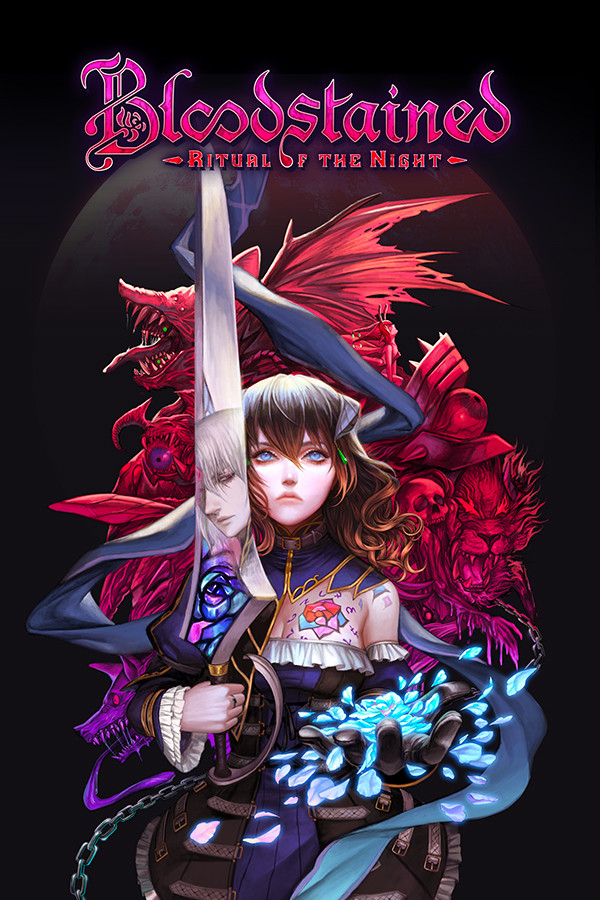
A hardcore spaceship sim

Shortest Trip To Earth can be described as FTL on acid. It can alternatively be described as a roguelike spaceship simulator with extensive ship management, exploration and survival through a procedural universe, coupled with tactical, FTL-like battles with enemies. Its squinty user interface and steep difficulty curve can lead to a rather frustrating experience at first, but eventually evens into quite a refreshing experience, if you can accept dying over and over again. The breadth of mechanics in this game is both impressive and daunting. This is an ambitious game – certainly not for the casual gamer – and it will consume many hours of experimentation to arrive at a somewhat comfortable strategy. Note that at the time of writing there is no UI scale slider (though there is a mod out there that scales everything to 1.25x). The game recommends a large screen ( >24″).
A charming fusion of visual novel and tabletop RPG
Wildermyth is described as a myth-making RPG, and it should go without saying that is a very unique game. This game encapsulates the spirit of adventure like no other, with a main narrative delivered through a comic-style visual novel, an overarching campaign played on a tabletop-style overland, and with battles played using XCOM-style turn-based tactical combat. Campaigns are divided into acts with several decades of time having passed between each; your characters will age and some will retire (and/or die), forcing you to invest in new recruits. There are campaigns with pre-scripted overarching stories (with procedural stories for individual encounters not directly related to the overall story), as well as sandbox-style campaigns populated with purely random events. As such, every campaign is different and memorable in its own way. There’s a lot to love in this game and, with frequent updates and an ambitious roadmap, a promising future to look forward to.

A story-driven ARPG

Children of Morta is a classic-style, top-down action RPG roguelike. The player controls a family tasked with fighting back against an evil corruption. Each run takes place in various locations, with a procedurally generated dungeon/level layout. Initially, you start off with one member, and gradually unlock other family members as you progress. Everyone has their own distinct fighting styles and abilities, and can level up to unlock bonuses that benefit all family members. This key design mechanic incentivises playing with everyone. The narrative in this game is excellent, which I suppose is necessary given how the gameplay does become stale after awhile (a typical problem with roguelikes in general). Yet the power of the narrative isn’t quite enough to overcome Children of Morta‘s lacklustre enemy variety and repetitive environments. Performance issues, in particular stuttering between regions and in large swarms of enemies, are also quite intrusive. These issues and more will likely be ironed out in course.
A trailblazing roguelike deck-builder
Prior to Slay The Spire, the roguelike deck-builder genre was practically unheard of in the video game world. In this genre, players start out with a basic deck, and must add new cards to build their deck (deck-builder) as they progress through a typically procedural map (roguelike). In Slay The Spire, this map consists of a bunch of pathways with interconnecting branches and multiple starting points. There are three player classes in the game, each with various unique cards, and there is also a neutral set of cards. The base decks are quite weak, but while it’s tempting to simply add cards all the time, adding too many cards can make it harder to land combos. There are plenty of game mechanics in this game; too many to go through here, suffice to say that there’s heaps of fun to be had experimenting. It is devilishly difficult to even come close to the final boss on a standard run, however the daily runs can offer a more overpowered experience.
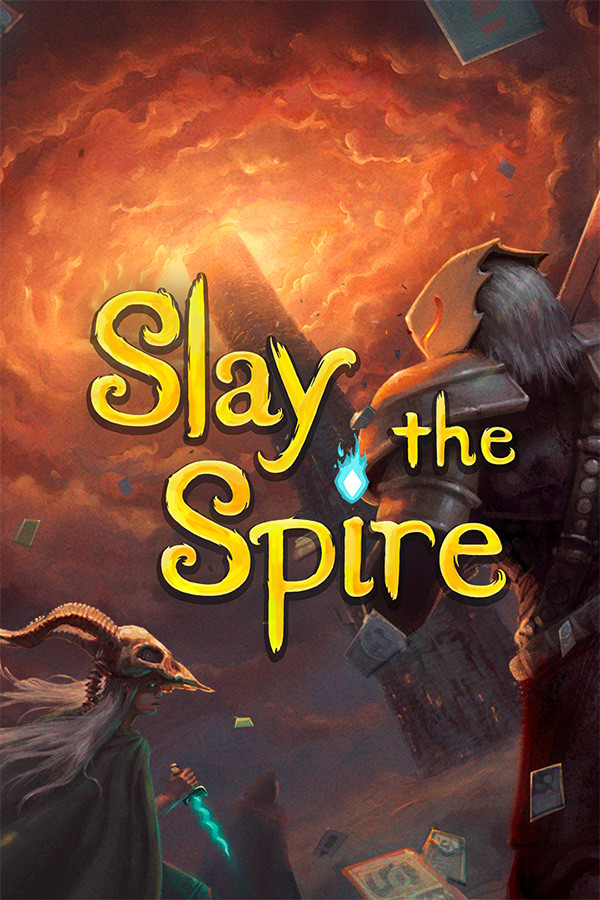
An underwater return to a familiar planet

Unknown World’s Subnautica was the definitive open-world survival game of its time. Now we return to Planet 4546B in its successor, Below Zero. This game takes place in an arctic biome (this was hinted at in the escape-rocket sequence in the previous game), with Alterra having already established various facilities in the area. The story is not yet in its final state, but most of the mechanics are similar to the original game. One key difference in Below Zero is that surface travel is much more fleshed out. There is a temperature mechanic that works like oxygen, limiting the amount of time you can spend on the surface away from a heat source. You can also build a surface vehicles for rapid transport. The map in Below Zero is smaller than in Subnautica, however it is much more vertically dense, with many deep chasms and cave systems. There’s also a host of new fauna and flora, including several returning species like the trusty Bladderfish. Gone are the Cyclops submarine and Seamoth submersible, instead replaced with a modular Seatruck (though the good ol’ Prawn Suit remains). Overall, players of Subnautica will appreciate what is here, and while it is not yet as polished as its predecessor, Below Zero is still a refreshing underwater survival game that will only get better over time.
An existential crisis
Disco Elysium is a story-driven, narrative RPG that will go down in history as among the most iconic games of all time thanks to its outstanding writing, visual aesthetic and deep themes. Before I heap further praise, I should point out that this is not your typical RPG like, say, a Divinity game. It shares more in common with a point-and-click adventure if anything. That said, you are still very much playing a role in this game, with a broad system of skills, thoughts, items and other various stats and bonuses. There is no combat, instead things are resolved through skill-checks (2d6), whether this be for intimidation, negotiation, or simply staring at a blank piece of wall. There are also passive skill-checks that mostly unlock additional dialogue / insights without the need for a dice roll. Despite the relatively bland gameplay, in the sense that all you do is walk around and click on things, this is a truly incredible game with a wonderfully immersive story. Some scenes are unforgettable. The ending, however, is controversial and divisive, and if anything hammers home a kind of existential nihilism that may not be all that satisfying and cathartic for some players. I also found the setting and worldbuilding to be top-notch. The conceptual idea of the “the pale” is criminally underrated as far as speculative fiction goes. This is without question my favourite game of 2019.

Edited in 2021 to change the layout and add cover art (sourced from Steamgriddb) as part of a broader redesign of my game review posts.